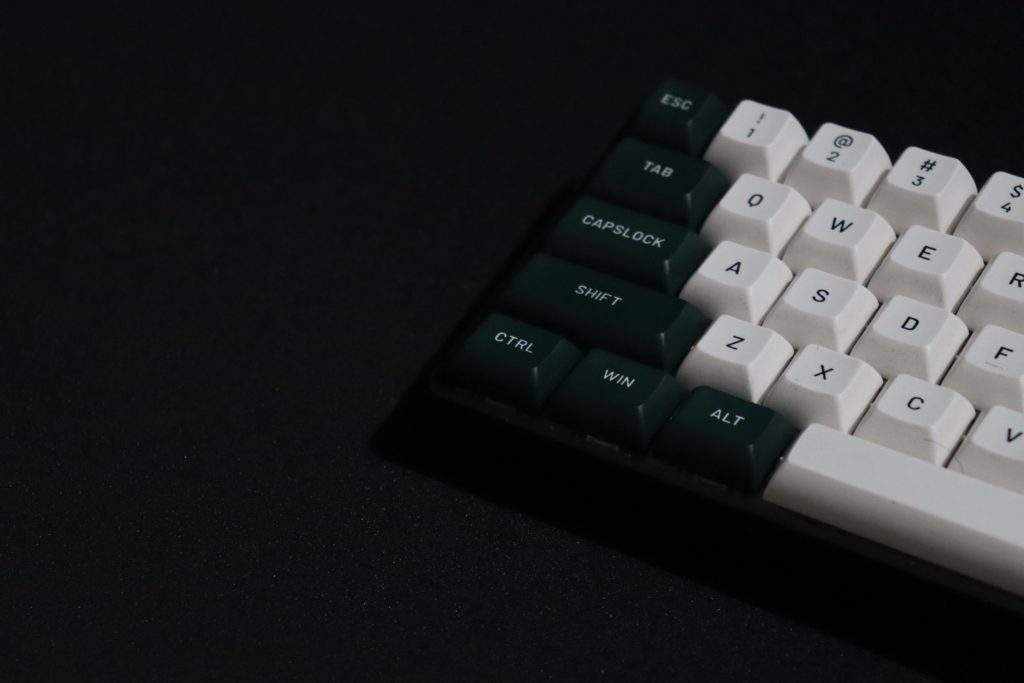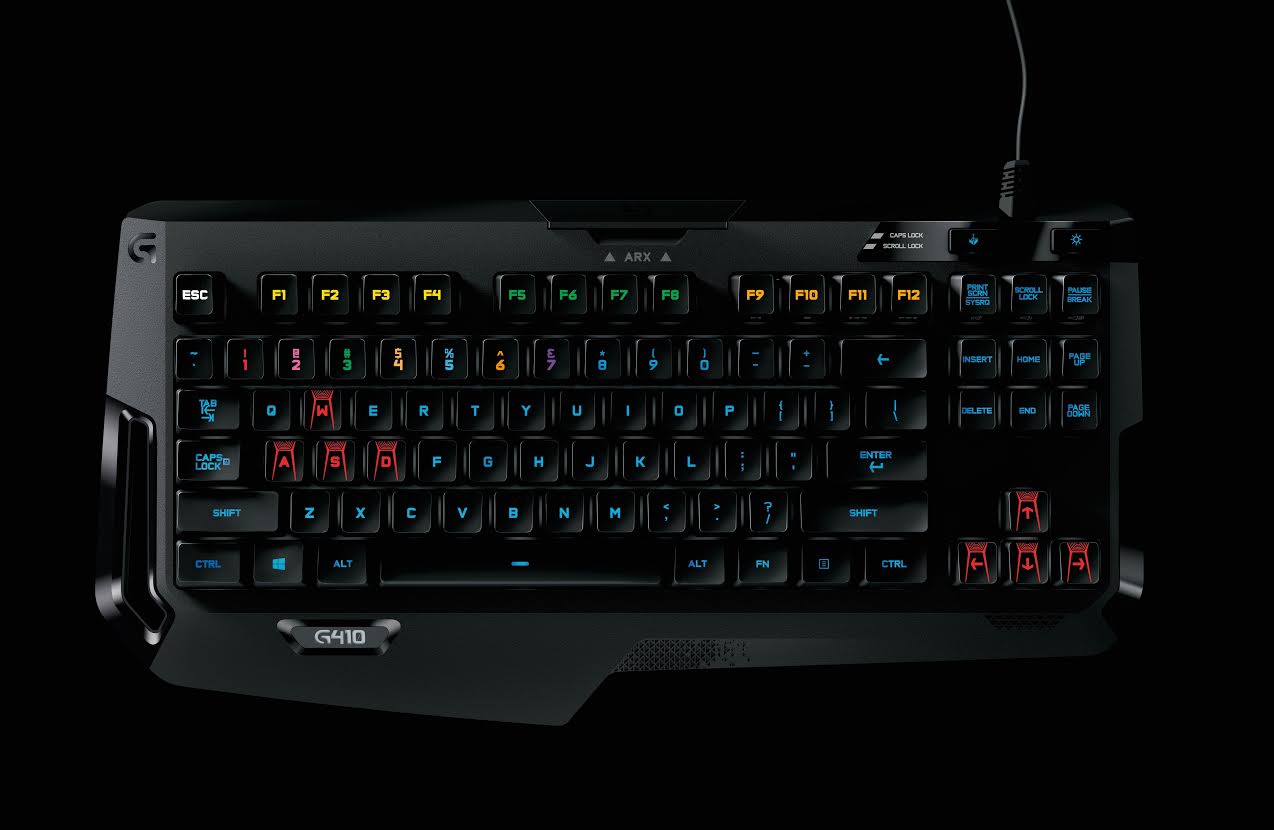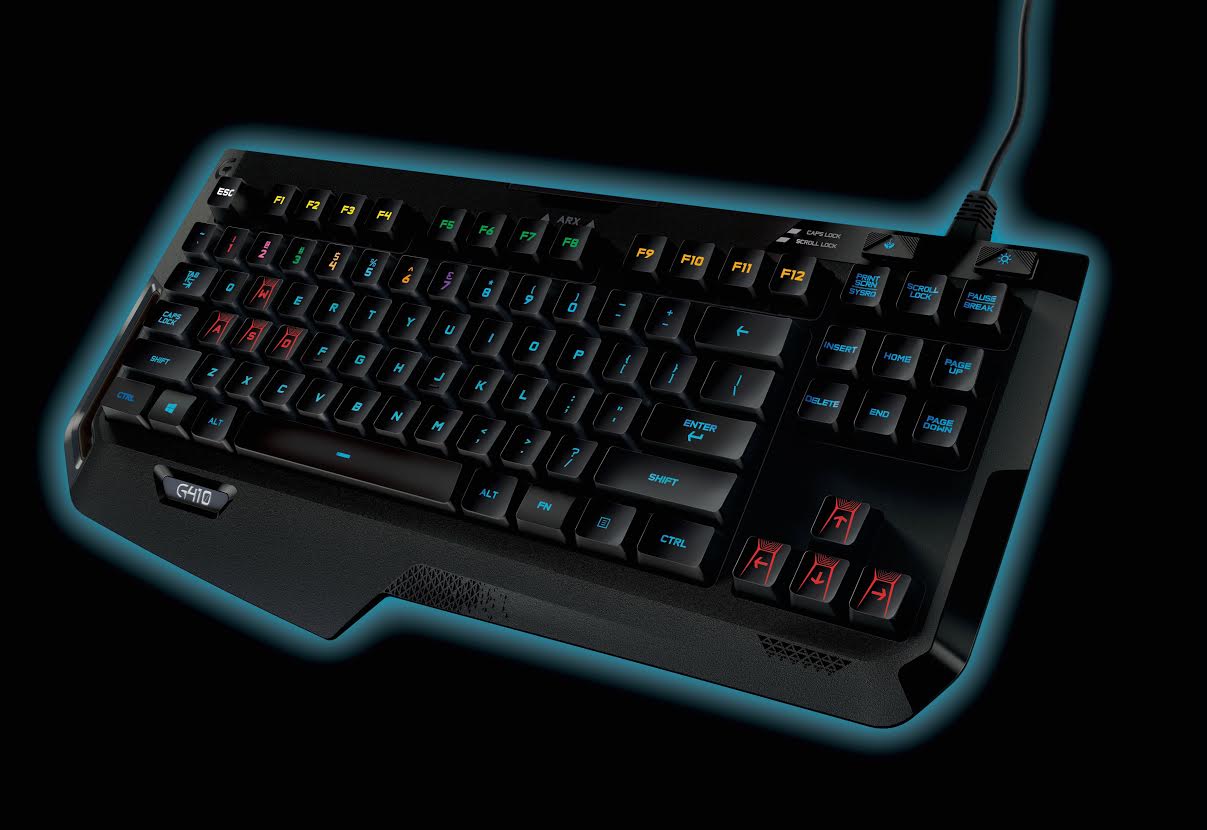
There are few feelings more satisfying than building your own home office or gaming setup from scratch. Sitting at your workstation knowing that everything is made just the way you like it, in exactly the way you imagined — it’s pretty neat.
Today, it’s easier than ever to craft your own equipment by hand, at home. Tools like Arduino make it possible to build sophisticated, high-tech devices that sometimes work even better than anything you can find in a store.
In this article, we’ll focus on keyboards — specifically, wireless hand-wired keyboards. We’ll show you what they are, what you need to get started, and how Arduino users have tackled the challenge of designing their own.
What is a hand-wired keyboard?
Most store-bought keyboards use something called a PCB, or printed circuit board. A PCB is used to connect the different electronic components inside the keyboard to one another.
In a hand-wired keyboard, there is no PCB. Instead, the components are connected by wires, by hand. This way, you have complete control over how your keyboard is designed, allowing you to assemble a keyboard that looks, feels, and works exactly how you want it to.
Why should you make a hand-wired keyboard?
We all know the feeling of using a keyboard that doesn’t feel quite right. And if you work from a desk, spend a lot of time gaming, or just enjoy hammering away at a keyboard for any other reason, having the right setup makes all the difference.
Taking a DIY approach gives you the control and freedom to devise a hand-wired keyboard that is just right for you, your needs, your preferences, and your aesthetic. Not to mention, it’s a ton of fun!
What you need to get started
Building your own hand-wired keyboard doesn’t require a huge amount of resources or materials, and it can be done fairly cheaply with a bit of prior research and preparation. Here are the main components you’ll need:
- A switch plate to give the keyboard structure and support your keys
- Switches (enough for each keycap)
- Solder wire and electrical wire
- A 1N4148 diode for each switch
- Wire to connect the rows and columns to the controller
- Spacers and screws
- Solder and a soldering iron kit
Make your own hand-wired keyboards with Arduino
When it comes to building your own keyboard with Arduino, you don’t need to look any further than Joe Scotto. Over the last several months, Scotto has mastered the art of building hand-wired keyboards, amassing an impressive collection of creations, and now he’s sharing his expertise with the world.
Scotto says, “Something about handwriting just hits different, it feels like I actually built the board… if that makes sense.”
On top of sharing his work on Reddit, Scotto also has a YouTube channel where he goes into depth about how to construct hand-wired keyboards, some of the main challenges involved, what you need to get started, and more.
Check out some of his most popular videos below:
Some useful tips
Let’s run through a few tips to be aware of when creating your keyboard, so you can avoid mistakes and get the most out of the experience.
- Know what size you want in advance. Keyboards come in a range of sizes and each one has its own pros and cons. For example, gamers tend to prefer smaller keyboards in a 60% of 65% layout, whereas for office use you might want something bigger like a TKL.
- Be careful with soldering. Solder can produce dangerous fumes, so make sure you do this part of the process in a well-ventilated area and take precautions.
- Don’t worry about making mistakes, embrace them! It’s unlikely that your very first attempt at a hand-wired keyboard will be perfect. That’s fine — it’s an opportunity to tweak, improve, and learn.
- Consider adding in some neat extra features like a reset switch. You can also experiment with “split keyboards” where each side is distinct from the other.
- A well-made, hand-wired keyboard is an impressive piece of hardware. Don’t forget to post your results online and share with the Arduino community!
Get creative with Arduino
Hand-wired keyboards are just one example of the many things you can make in your very own home using Arduino and a few other components. The Arduino Project Hub is full of other examples and in-depth guides from the community members to inspire and inform your next project.
Visit our home page to learn more about Arduino and find out how to get started with your own projects.
The post Build your own wireless hand-wired keyboards — a guide appeared first on Arduino Blog.
Website: LINK


